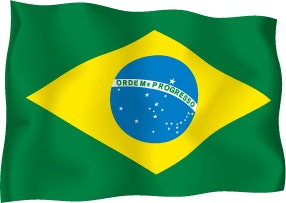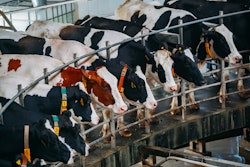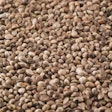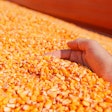
Blessed by similar resource advantages as the U.S., especially as it relates to feed inputs, Brazil is among the top producers of poultry meat in the world and has established itself as the global leader in poultry exports by a comfortable margin.
On a ready-to-cook (RTC) basis, chicken meat production in Brazil totaled nearly 33.1 billion pounds overall last year, about 30% less than the U.S. at 47 billion pounds; however, Brazil has about 120 million fewer people than the U.S. Adjusting for that discrepancy, Brazil produces approximately 9% more chicken meat per person than the U.S., but it’s the country’s export capabilities that really stand out and accentuate its competitive advantage.
Early export trends
Even when Brazil’s chicken sector was much less developed than it is today, the country’s nascent export capabilities were on full display.
During the 1980s, Brazil exported approximately 16% of all chicken meat produced in the country that decade. The U.S. exported less than 5% of chicken meat production during that same span. After reaching a trade agreement with Russia in 1990 and generally pursuing trade opportunities more aggressively, the U.S. achieved significant growth in its export program for chicken meat during the next decade.
Around that same time, Brazil was taking steps to curb rampant inflation that had been plaguing the country, which ushered in a period of stability and sustainable economic growth. This fueled an increase in domestic demand for chicken meat and other protein products but restrained export growth in the process.
Consequently, every year from 1995 through 2000, the U.S. exported a higher share of its domestic chicken meat production than Brazil, but Brazil reclaimed the lead in 2001 and has not relinquished it since. It took until 2004 before Brazil established a lead in total volume exports of chicken meat, and it has also maintained that advantage over the U.S. for the past two decades.
Divergent trajectory more recently
The U.S. briefly chipped away at Brazil’s export advantage between the late 2000s and early 2010s, but the historic outbreak of highly pathogenic avian influenza (HPAI) in 2015 as well as the trade restrictions that came after set the U.S. back years, allowing Brazil to reassert its export dominance.
Brazil exported nearly 10.8 billion pounds of chicken meat overall in 2024, which accounted for nearly 33% of domestic production. For the U.S., exports last year totaled slightly more than 6.7 billion pounds, representing a little over 14% of domestic chicken production.
Brazil had its own run-in with HPAI this year, but appeared to contain the issue quickly, minimizing threats to export opportunities for chicken.
Barring some major, unforeseen development, Brazil will further expand its advantage over the U.S. on the export front for chicken in 2025. Recent data suggests live production costs in Brazil are about 10% lower than in the U.S., so it shouldn’t be too surprising that Brazil holds such a decisive edge when it comes to exporting chicken around the world.


















